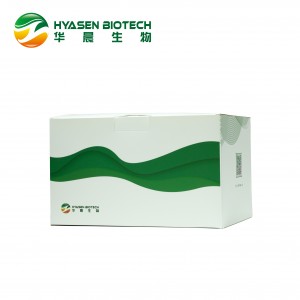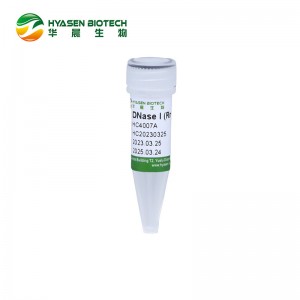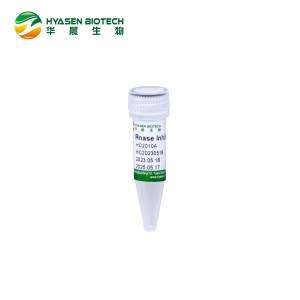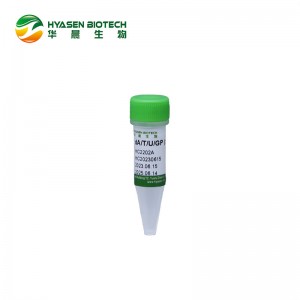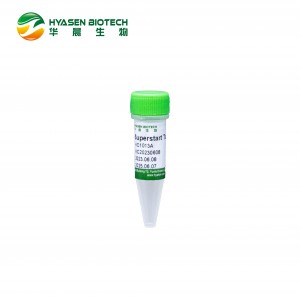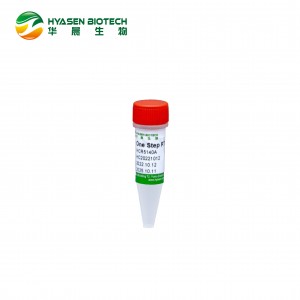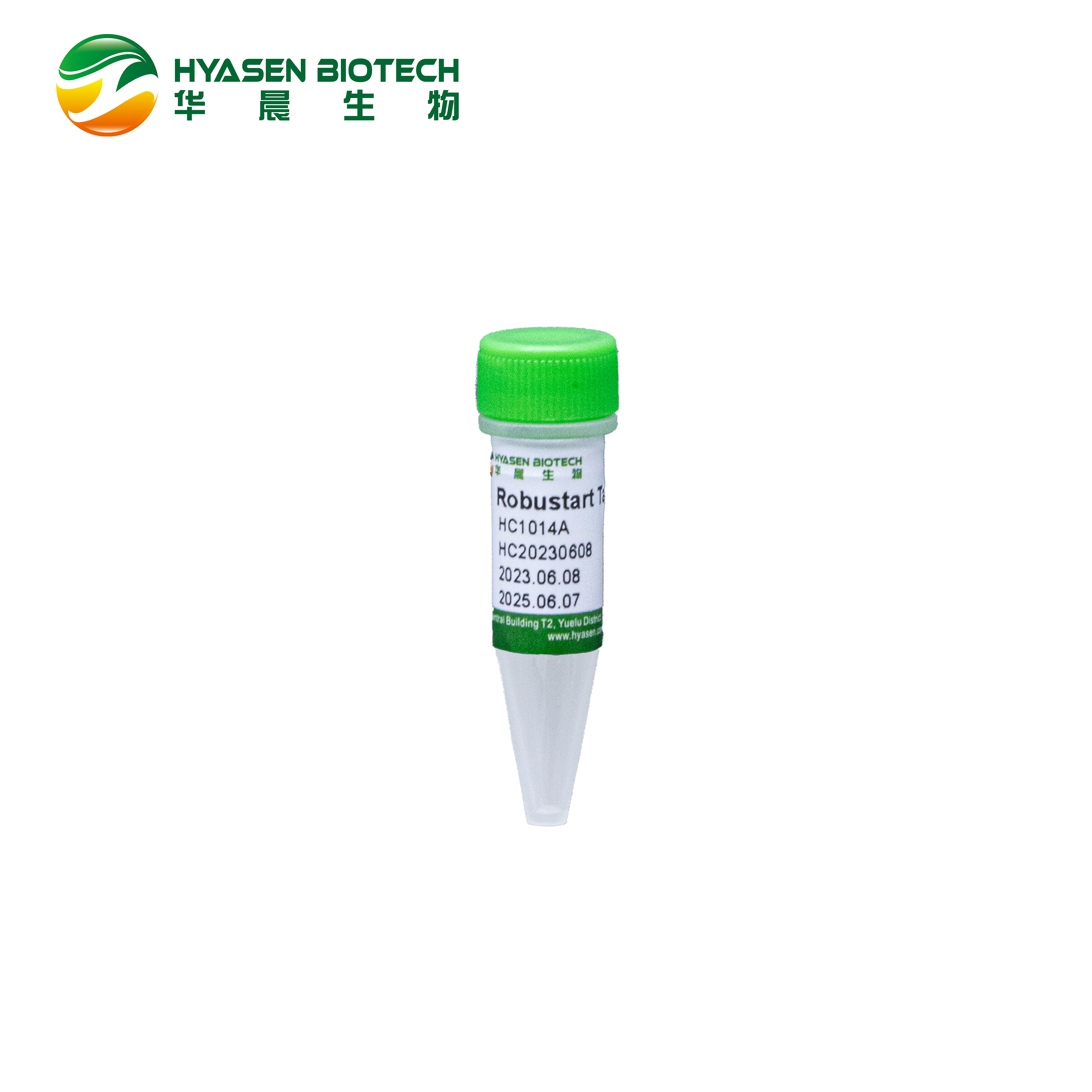
Robustart Taq DNA Polymerase
Robustart Taq DNA Polymerase is a hot start DNA polymerase. This product can not only better inhibit the non-specific reaction caused by the non-specific annealing of primers or primer aggregation in the process of PCR system preparation and amplification. Therefore, it has excellent specificity and is more effective for the amplification of low concentration templates, and it is suitable for multiplexed PCR amplification reaction. Moreover, this product has very good applicability, and stable amplification results can be obtained in different types of PCR reactions.
Components
1.5 U/μL Robustart Taq DNA polymerase
2.10 × PCR Buffer II (Mg²+ free) (optional)
3.25 mM MgCl2 (optional)
* 10 × PCR Buffer II (Mg²+ free) does not contain dNTP and Mg²+, please add dNTPs and MgCl2 when preparing the reaction system.
Recommended Applications
1.Fast amplification.
2.Multiple amplification.
3.Direct amplification of blood, swabs, and other samples.
4.Respiratory diseases detection.
Storage Condition
-20°C for long term storage, should be mixed well before use, avoid frequent freeze-thaw.
*If precipitation occurs after refrigeration, it is normal; it is recommended to equilibrate to room temperature before mixing and use.
Unit Definition
One active unit (U) is defined as the amount of enzyme that incorporate 10 nmol of deoxyribonucleotide into acid-insoluble material at 74°C for 30mins using activated salmon sperm DNA as template/primer.
Quality Control
1.SDS-PAGE electrophoretic purity greater than 98%.
2.Amplification sensitivity, batch-to-batch control, stability.
3.No exogenous nuclease activity, no exogenous endonuclease or exonuclease contamination
Instructions
Reaction Setup
|
Components |
Volume (μL) |
Final Concentration |
|
10 × PCR Buffer II (Mg²+ free) a |
5 |
1× |
|
dNTPs (10mM each dNTP) |
1 |
200 μM |
|
25 mM MgCl2 |
2-8 |
1-4 mM |
|
Robustart Taq DNA Polymerase (5U/μL) |
0.25-0.5 |
1.25-2.5 U |
|
25 × Primer mix b |
2 |
1× |
|
Template |
- |
< 1 μg/reaction |
|
ddH2O |
To 50 |
- |
Notes:
1) a. The buffer does not contain dNTP and Mg²+, please add dNTPs and MgCl2 when preparing the reaction system.
2) b. If used for qPCR/qRT-PCR, fluorescent probes should be added to the reaction system. Usually, a final primer concentration of 0.2 μM will give good results; if the reaction performance is poor, the primer concentration can be adjusted in the range of 0.2-1 μM. The probe concentration is usually optimized in the range of 0.1-0.3 μM. Concentration gradient experiments can be performed to find the best combination of primer and probe.
Thermal cycling protocol
|
Regular PCR process |
|||
|
Step |
Temperature |
Time |
Cycles |
|
Pre-denaturation |
95℃ |
1-5 mins |
1 |
|
Denaturation |
95℃ |
10-20 sec |
40-50 |
|
Annealing / Extension |
56-64℃ |
20-60 sec |
|
|
Fast PCR process |
|||
|
Step |
Temperature |
Time |
Cycles |
|
Pre-denaturation |
95℃ |
30 sec |
1 |
|
Denaturation |
95℃ |
1-5 sec |
40-45 |
|
Annealing / Extension |
56-64℃ |
5-20 sec |
|
Notes
1.The amplification rate of fast DNA polymerase should not be less than 1 kb/10 s. The temperature rise and fall rate, temperature control mode and heat conduction efficiency of different PCR instruments vary greatly, so it is recommended to optimize the optimal reaction conditions for the specific fast PCR instrument.
2.The system is highly adaptable, with higher specificity and sensitivity.
3.Suitable for use as high sensitivity PCR detection reagents, and can be used in multiplex PCR amplification reactions.
4.5′→3′ polymerase activity, 5′→3′ exonuclease activity; no 3′→5′ exonuclease activity; no proofreading function.
5.Suitable for qualitative and quantitative testing of PCR and RT-PCR.
6.The 3′ end of the PCR product is A, which can be directly cloned into a T vector.
7.The three-step method is recommended for primers with low annealing temperatures or for amplification of fragments longer than 200 bp.






